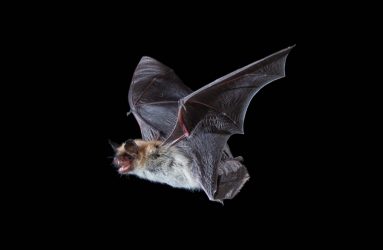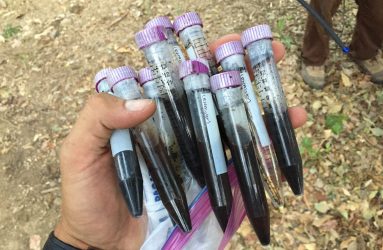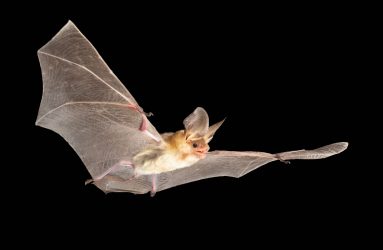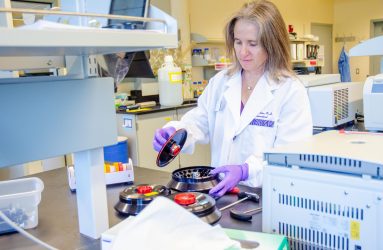Presenting in Phoenix, Arizona
The gold standard test for rabies virus is the Direct Fluorescent Antibody (DFA) test, which requires fresh brain stem held at cold chain temperatures, meaning that it is not an inexpensive, field-based system. What is needed is a rabies detection approach based on readily available non-traditional samples that can be applied broadly. Recently, a qPCR assay called the LN34 panlyssavirus real-time RT-PCR assay was developed that is highly sensitive and specific for all variants of rabies virus. The CDC team that developed it found it to be as or more sensitive than the DFA test. Because it is highly sensitive and has succeeded with low quality samples, there is promise for non-traditional samples such as feces, which contain nucleic acids that are degraded.

Dr. Walker and her colleague Dr. Crystal Hepp hypothesized that feces could be used with the LN34 assay to detect rabies virus, and that they could track viral dispersal across the landscape by sequencing the rabies genome. They found that rabies virus could be detected in 67% of fecal samples of rabid bats, and that rabies was still detectable after 72 hours. This means that feces could be collected in the field for at least 3 days after deposition. They also found that a fecal pellet from a rabid bat could be pooled with nine other samples from healthy bats and rabies virus would still be detected. This means that in the field fecal pellets can be collected in batches of ten. Finally, they found from the sequenced genomes that rabies virus is dispersing long distances, suggesting that bats, not other terrestrial mammals, are responsible for its movement. Next the team will be publishing this work and applying for additional funding to further develop a surveillance system.










